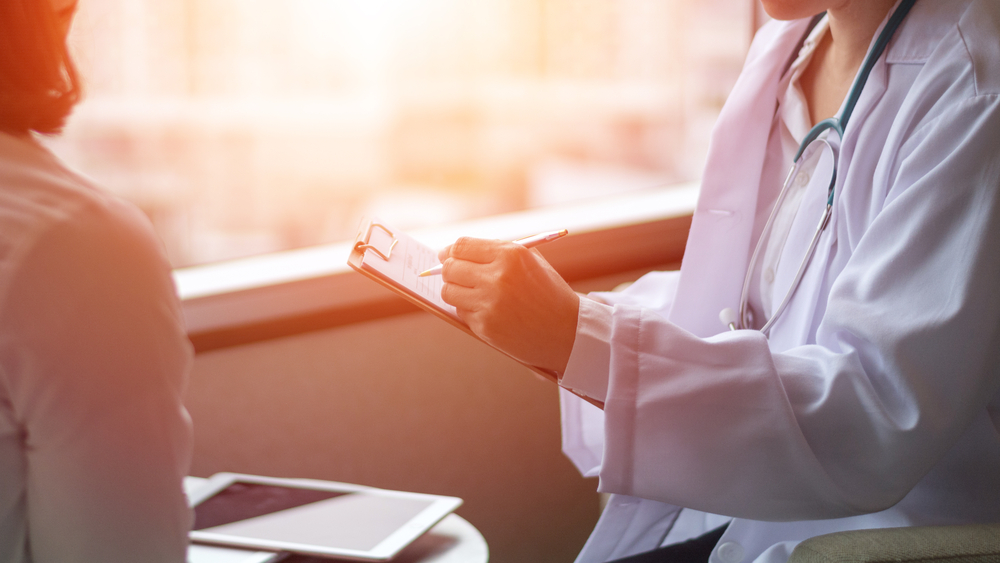We live in a world where the practice of medicine is conducted at arm’s length, through machines, across the Internet, and within models where an invisible moat divides us. It often feels like doctors are on one side of that moat and patients are on the other, and as complex matters of insurance, approvals, corporate policy, and even politics find their way into hospitals and exam rooms, the moat widens, sometimes until it feels like a chasm between people who should be relying on each other and working together. There may be no field where we need each other more, where that chasm has more potential to do damage, than in oncology. Cancer patients come to their doctors at their most vulnerable. They wonder how they’re going to get up each day. How they’re going to tell their families about their prognosis. Why they should subject themselves to brutal treatments or daunting odds. Whether they dare hope for a cure.
It all demands a relationship, not a service, between doctor and patient.
We know this is true in our hearts and minds, but we also know it to be true in documentable terms. Studies have proven that strong, empathic engagement between doctors and their patients increases patients’ willingness to report symptoms and concerns. That in turn improves diagnostic accuracy. Empathy increases patient engagement and compliance. Some studies suggest it even improves survival rates. Connection is a powerful intangible—like family, or love, or hope.
So how can a doctor bring connection into the room in the small, often intense increments of time we have with our patients? Often it’s through surprising secret tools—things like laughter, empathy, and music.
There’s notable science to each. Laughter has been shown to reduce stress and improve immune function. Empathy strengthens patients’ ability to cope with difficult treatments and eases suffering during end-of-life care. And music—wow—studies show music can lower patient anxiety levels during invasive procedures, ease the nausea caused by chemotherapy, decrease pain perception, and inspire feelings of peace and spirituality. And that’s just the medical stuff. On a personal level, listening to and making music together creates a sense of shared experience and kinship. It fires up emotional receptors that otherwise remain dormant. It is an honest, authentic shortcut to connection.
This book came about after I started a blog called Daily Dose in 2017, swearing I would write something every day. I’m not sure what I thought those somethings would be, but it turns out most of them tie back to a few key themes in my work and my life—the power of music, the inner strength in each cancer warrior, the beauty of the here and now, and, at the bedrock of my beliefs, the healing power of connection. The blog’s been a place to explore my feelings and frustrations and to freely indulge in my fondness for mnemonic devices. A place where CPR means compassion, presence, resilience.



